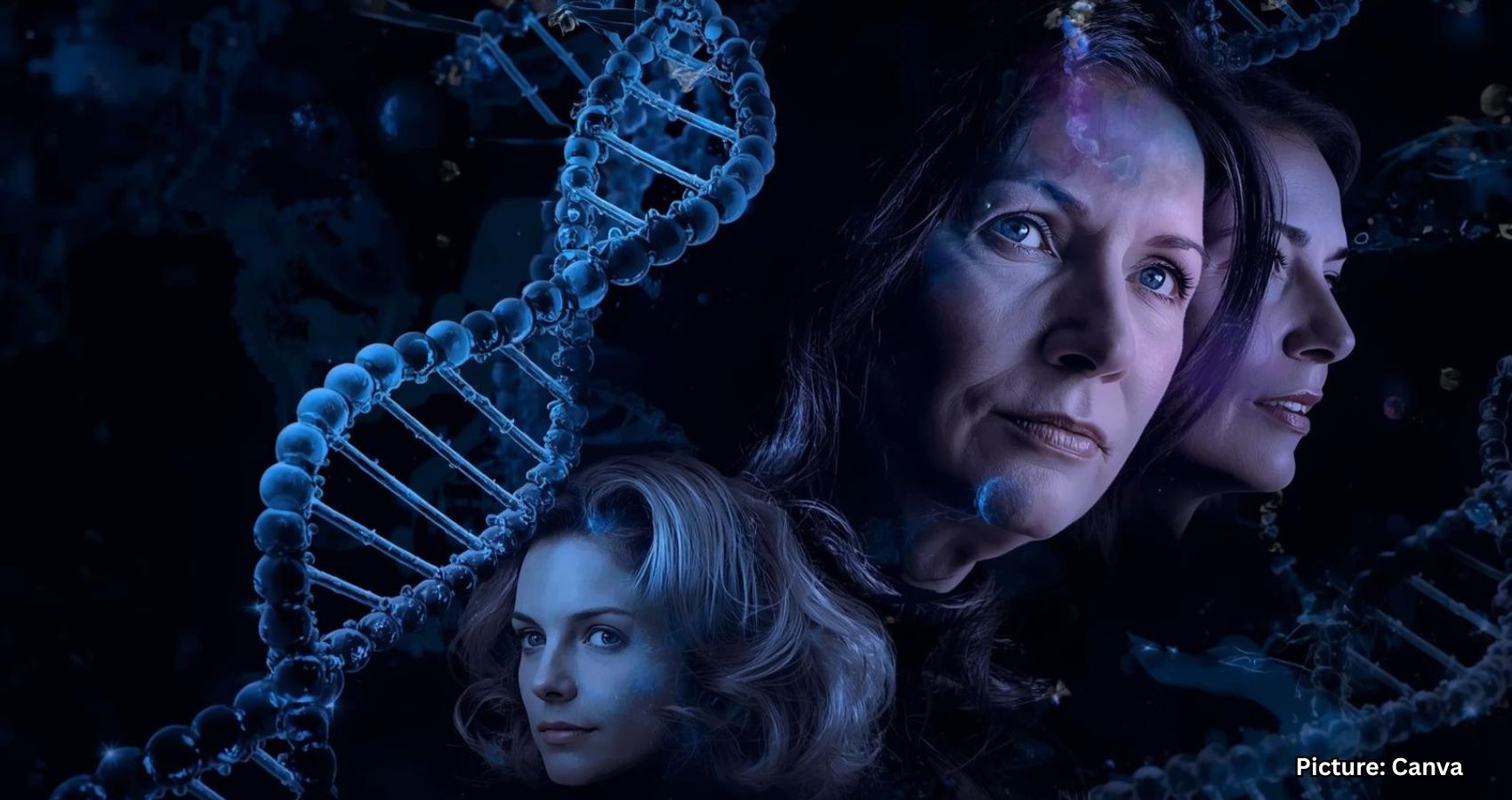Researchers have developed a groundbreaking technique that could enable women in their 60s and 70s, as well as same-sex couples, to have genetically related children by converting skin cells into eggs.
In a significant advancement in reproductive science, researchers at Oregon Health and Science University have pioneered an experimental method that allows skin cells to be transformed into human eggs. This innovative technique holds the potential to enable women in their 60s and 70s, as well as same-sex couples, to conceive genetically related children.
The study, which details the creation of early-stage human embryos from DNA extracted from skin cells, marks a promising step forward in fertility treatments. The embryos were fertilized with sperm, suggesting a new avenue for women who have exhausted their egg supply and for couples seeking to have children genetically linked to both partners.
Dr. Paulo Amato, a reproductive endocrinologist and professor of obstetrics and gynecology at the university, emphasized the significance of this research. “It is very preliminary work at this stage, but if it were to be successful, it would offer hope for couples and people suffering from infertility, particularly older women who have run out of eggs,” he stated.
Despite the excitement surrounding this breakthrough, Dr. Amato cautioned that the technique is still in its infancy. He predicts that, if successful, the technology could be ready for clinical application within the next 10 to 15 years. However, he also highlighted the health risks associated with pregnancy at an advanced age, noting that carrying a pregnancy poses significant challenges.
“We still have to keep in mind that somebody has to carry that pregnancy,” Dr. Amato explained. “So, we’re not necessarily advocating for women in their 60s and 70s to be carrying pregnancies, but, theoretically, they could have a child that is genetically related.” He remains optimistic about the future of this research, projecting that it could lead to viable options for older women and couples facing infertility.
The experimental procedure begins with the nucleus of a skin cell, which contains the genetic material. Researchers remove this nucleus and insert it into a donor egg that has had its own nucleus removed. The egg is then stimulated to discard half of its chromosomes, reducing the total from 46 to 23. This adjustment makes the egg compatible for fertilization with sperm, which contributes the other 23 chromosomes needed for a complete set.
If successful, the resulting embryo would be genetically normal and could be implanted into a uterus to initiate a pregnancy. This technique could also provide new opportunities for women who have undergone previous cancer treatments, as well as transform family planning for same-sex couples.
“It would potentially allow for same-sex couples to have a child that’s genetically related to both partners,” Dr. Amato noted. “Usually, they have to use eggs from a donor. With this technology, we could use a skin cell from one partner to create an egg, fertilize it with sperm from the other, and produce a baby genetically related to both.”
While the implications of this research are vast, Dr. Amato stressed the need for further study. Currently, all embryos created through this method have been found to be genetically abnormal, exhibiting either too many or too few chromosomes. “We have a lot of work to do,” he concluded, underscoring the preliminary nature of the findings.
As this research progresses, it may pave the way for revolutionary changes in reproductive health, offering hope to many who have longed for the possibility of having children genetically connected to them.
Source: Original article

